New gateway to Japanese cha-no-yu culture
The basic form of the Japanese way of tea was completed under the 16th-century tea master Sen no Rikyū. For the warrior class at the time, cha-no-yu, often called a Japanese tea ceremony or chadō, was a sign of good etiquette. The hosting of lavish, intricately planned gatherings, using splendid tools and artworks, was also a demonstration of wealth and political power. While the successive lords of the Kaga domain, with the current Kanazawa as its capital, all had a taste for tea and encouraged the mingling of many schools of cha-no-yu in the city, eventually, the study of this culture spread beyond the warrior class to the common people.
For most Japanese people, cha-no-yu, with its strictly determined and complicated mannerisms, is perceived as being too stuck up and old-fashioned. We interviewed Yūta Takahashi, a young tea master hailing from Kanazawa, who is keen to share the appeal of this culture with the world by interpreting and explaining its intricacies in a new, more fashionable light.

1
Mister Takahashi, please tell us why you started practicing tea and the kinds of activities you are doing.
I became interested in cha-no-yu during a trip to the United States during my university years. By encountering a different culture, I discovered the appeal of Japanese cultural etiquette and hospitality and, after graduating at the age of 22, began to study tea at an “Enshū-ryū” classroom in the heart of Kanazawa. In Kanazawa, the ”Urasenke” school is the most popular, but I, being a rebel, purposely chose a different one. After this, I had the opportunity to host my first own tea gathering in my mid-twenties, where I experienced the joy of entertaining people with tea for the first time. This became an important experience that led to my subsequent activities.
Currently, while working at a fashion brand store, I organize and lead tea gatherings and events connected to cha-no-yu, teach tea in the tearoom of my nearly 100-year-old home, located near Nishi Chayagai, and offer cha-no-yu experiences to interested visitors.
2
There seem to be many different schools of tea, could you tell us a little bit about the one you are practicing at?
The founder of the Enshū-ryū school of tea was the Edo-period feudal lord and tea master Kobori Enshū (1579-1647) and it is one of the schools that became popular among the samurai class. In other words, it is a so-called warrior tea school. In contrast to the Wabi-tea of Sen no Rikyū with its small huts and frugal utensils, it became part of the education of the higher classes and favors spacious halls and comparatively splendid wares. Of course, each school and style has its special history, characteristics, and appeal, and on this point, one isn’t superior to another.
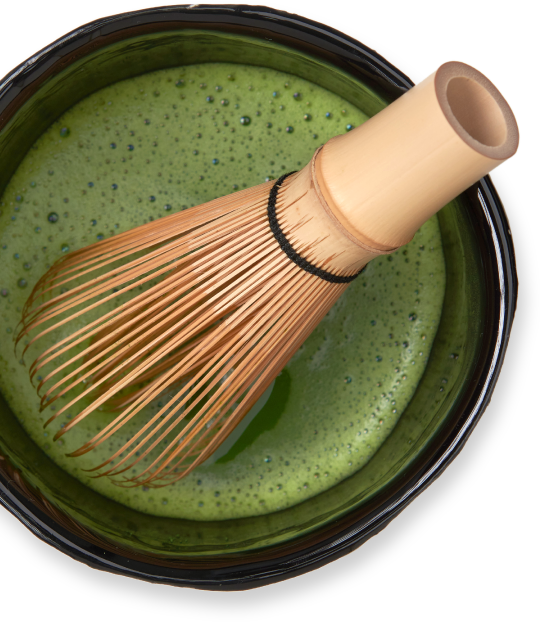
2
There seem to be many different schools of tea, could you tell us a little bit about the one you are practicing at?
The founder of the Enshū-ryū school of tea was the Edo-period feudal lord and tea master Kobori Enshū (1579-1647) and it is one of the schools that became popular among the samurai class. In other words, it is a so-called warrior tea school. In contrast to the Wabi-tea of Sen no Rikyū with its small huts and frugal utensils, it became part of the education of the higher classes and favors spacious halls and comparatively splendid wares. Of course, each school and style has its special history, characteristics, and appeal, and on this point, one isn’t superior to another.
3
You are also spreading the word about tea on social networks, right?
Yes, I have uploaded a post of the matcha I whisk up every day without fail since New Year’s Day 2014. There was a big response when I added the hashtag #instateaclub to my posts and there are now well over 4,000 posts under it from tea-lovers all over the world. In 2018 I took my portable tea box and travelled on the Trans-Siberian Express from Vladivostok in East Russia to Paris, which allowed me to meet a lot of my followers in person and drink a bowl of matcha together.
I get asked a lot of questions by foreign followers, such as “Why do you put so much effort into one cup of tea?”, “What is so different between me making a cup of coffee for my partner every day, and you making tea?”, “Why doesn’t your cup have a handle?”, and “Why do you use this much matcha?” They are, to be honest, difficult to answer for a Japanese person like me, who has never questioned these things until now. But encountering these different values and ways of thinking has also been a great opportunity for me to reevaluate my own.
3
You are also spreading the word about tea on social networks, right?
Yes, I have uploaded a post of the matcha I whisk up every day without fail since New Year’s Day 2014. There was a big response when I added the hashtag #instateaclub to my posts and there are now well over 4,000 posts under it from tea-lovers all over the world. In 2018 I took my portable tea box and travelled on the Trans-Siberian Express from Vladivostok in East Russia to Paris, which allowed me to meet a lot of my followers in person and drink a bowl of matcha together.
I get asked a lot of questions by foreign followers, such as “Why do you put so much effort into one cup of tea?”, “What is so different between me making a cup of coffee for my partner every day, and you making tea?”, “Why doesn’t your cup have a handle?”, and “Why do you use this much matcha?” They are, to be honest, difficult to answer for a Japanese person like me, who has never questioned these things until now. But encountering these different values and ways of thinking has also been a great opportunity for me to reevaluate my own.
4
What makes cha-no-yu appealing for you?
I make and drink tea daily, but as I follow the minutely coordinated procedures, it feels like all the worries and defilements of my mind are swept away and I enter a purer state of being, in which I am myself but also not. Also, because I have worked in the fashion industry for a long time, I feel that the tea world, with its many practices such as arranging the tearoom with flowers and art scrolls, the way one dresses in a kimono, and the creation of a special space for tea, is really visually appealing and cool. I’m dressed in traditional Japanese clothes today, but I have also made tea wearing western fashion before.
There are many possible ways of getting into cha-no-yu. I feel that it is also great if someone just discovers posts about tea on social media and then wants to learn more about it. I consider that widening the horizon of cha-no-yu in this field is my personal duty as a tea person.
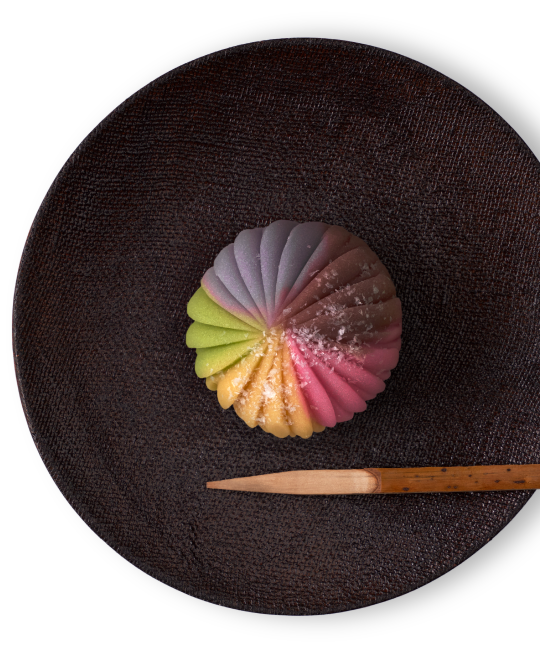
4
What makes cha-no-yu appealing for you?
I make and drink tea daily, but as I follow the minutely coordinated procedures, it feels like all the worries and defilements of my mind are swept away and I enter a purer state of being, in which I am myself but also not. Also, because I have worked in the fashion industry for a long time, I feel that the tea world, with its many practices such as arranging the tearoom with flowers and art scrolls, the way one dresses in a kimono, and the creation of a special space for tea, is really visually appealing and cool. I’m dressed in traditional Japanese clothes today, but I have also made tea wearing western fashion before.
There are many possible ways of getting into cha-no-yu. I feel that it is also great if someone just discovers posts about tea on social media and then wants to learn more about it. I consider that widening the horizon of cha-no-yu in this field is my personal duty as a tea person.
5
Please tell us a good way to experience the world of cha-no-yu!
Kanazawa, with its lively tea culture, is not only the city with the highest consumption of traditional Japanese sweets but also has unpretentious, simple confectionery stores on almost every corner. It might be a good start to visit one of these and buy a few sweets. You can also find lots of flowers and patches of nature without even visiting the famous gardens. I think that here, with the people’s lifestyle of planting gardens for everyone to enjoy, you get a good sense of just how deeply connected the people of Kanazawa are to the spirit of hospitality that is linked to the way of tea. So, my recommendation would be to also take a stroll around the town after visiting the scenic and historic sights!
5
Please tell us a good way to experience the world of cha-no-yu!
Kanazawa, with its lively tea culture, is not only the city with the highest consumption of traditional Japanese sweets but also has unpretentious, simple confectionery stores on almost every corner. It might be a good start to visit one of these and buy a few sweets. You can also find lots of flowers and patches of nature without even visiting the famous gardens. I think that here, with the people’s lifestyle of planting gardens for everyone to enjoy, you get a good sense of just how deeply connected the people of Kanazawa are to the spirit of hospitality that is linked to the way of tea. So, my recommendation would be to also take a stroll around the town after visiting the scenic and historic sights!
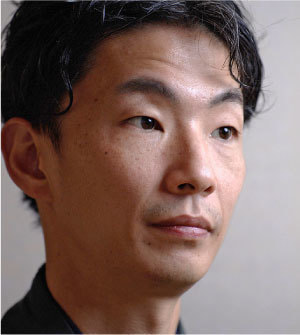
Yūta Takahashi
Associate Instructor of the Enshū-ryū school of tea /
Owner of Teabase Hakutaks
1984 Born in Kanazawa. Became more interested in Japanese culture while studying in the United States, beginning to study tea at the age of 22.
2014~ Started the#instateaclub as a platform for casually uploading and enjoying content on cha-no-yu. Currently works in the fashion industry while curating tea gatherings and running cha-no-yu classes.
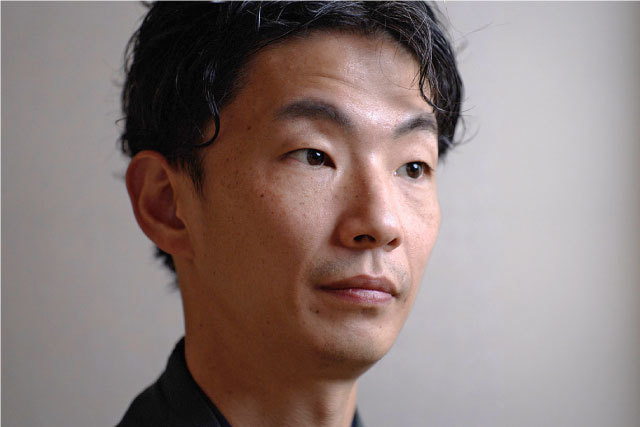
Yūta Takahashi
Associate Instructor of the Enshū-ryū school of tea / Owner of Teabase Hakutaks
1984 Born in Kanazawa. Became more interested in Japanese culture while studying in the United States, beginning to study tea at the age of 22.
2014~ Started the#instateaclub as a platform for casually uploading and enjoying content on cha-no-yu. Currently works in the fashion industry while curating tea gatherings and running cha-no-yu classes.
Three recommended tearooms for enjoying matcha
In Kanazawa, many tearooms are also open to the public, where you can enjoy a bowl of matcha alongside some traditional sweets. Here are three places to experience the world of cha-no-yu without a reservation.
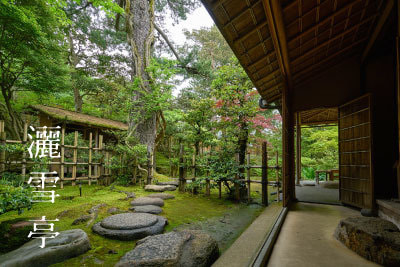
Saisetsu-tei
in the Gyokusen-en Nishida Family Garden
Address: 8-3, Kosho-machi
Open: 9:00-17:00 Closed: Wednesdays, Dec. 25-Feb. 28
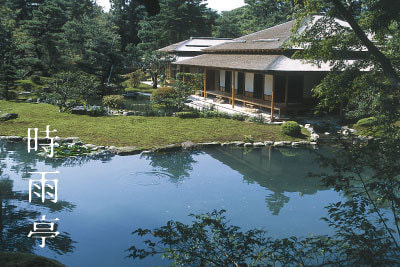
Shigure-tei
in Kenrokuen
Address: 1, Kenroku-machi
Open: 9:00-16:30 Closed: Dec. 29-Jan. 3

Kansen-tei
in the Terashima Kurando Residence
Address: 10-3, Ote-machi
Open: 9:30-17:00 Closed: Tuesdays, Dec. 29-Jan. 3














